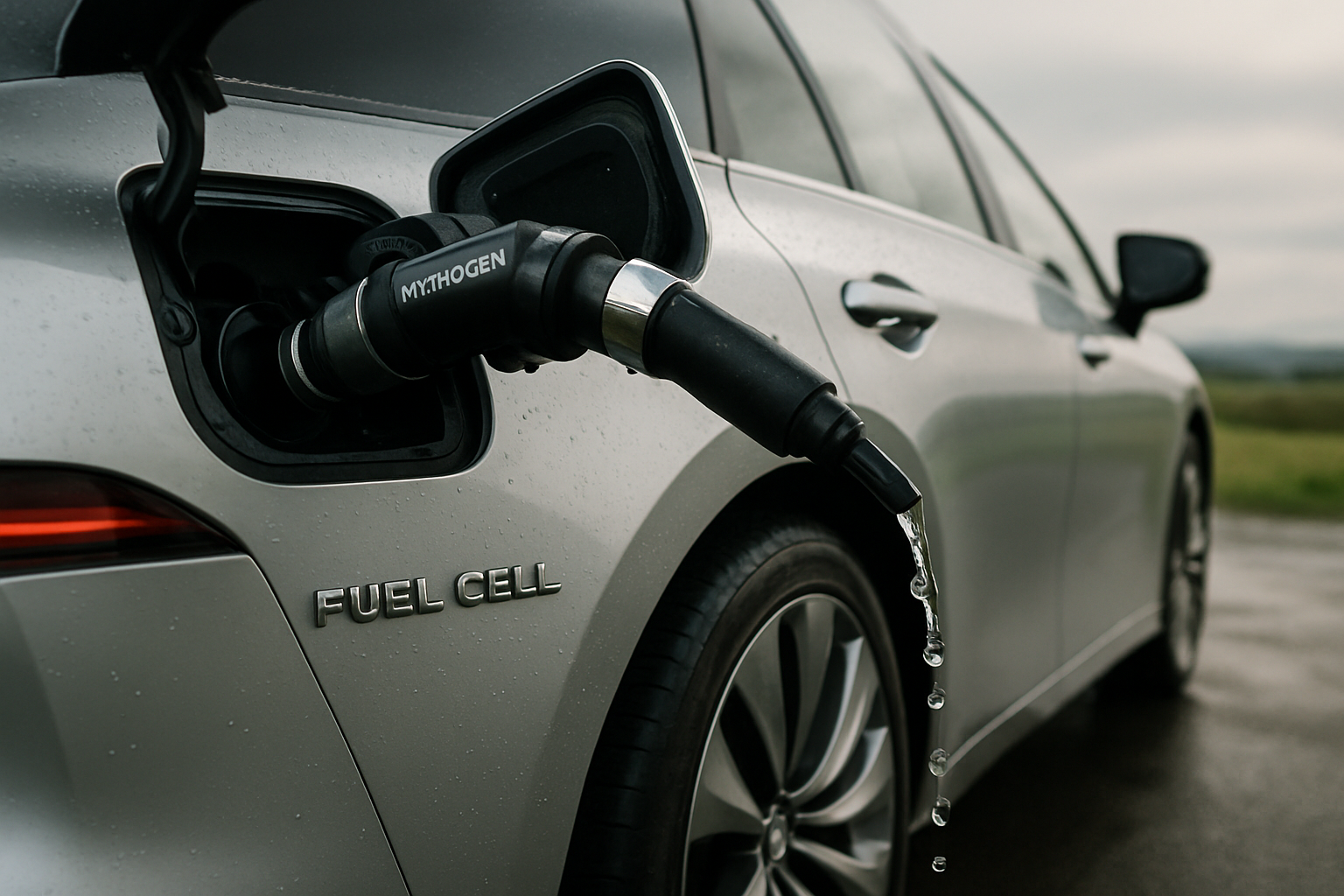Explore the Best SUVs in 2025: Spacious, Stylish, and Affordable
SUVs in 2025 combine space, performance, and technology, making them ideal for families, adventurers, and city drivers. From compact crossovers to rugged 4x4s, the market offers vehicles that balance comfort, safety, and fuel efficiency. Modern SUVs feature roomy interiors, high seating positions, and advanced infotainment systems. Choosing the right model depends on lifestyle and budget: families may prefer large crossovers, while young drivers opt for compact or hybrid versions. Online platforms simplify buying — you can compare models, explore financing options, and find exclusive discounts. Whether you need a family car or an off-road companion, SUVs offer flexibility, style, and practicality. As the market grows, sustainability becomes key, with more hybrid and electric models available. In 2025, SUVs remain the perfect blend of comfort, performance, and innovation — a reliable choice for modern drivers seeking both adventure and everyday efficiency.

What Makes Family SUV Models Stand Out in 2025?
Family SUV models have evolved significantly, prioritizing comfort, safety, and versatility. These vehicles typically feature three rows of seating, accommodating seven to eight passengers comfortably. Modern family SUVs incorporate advanced safety systems such as automatic emergency braking, blind-spot monitoring, and lane-keeping assist as standard features. Interior space remains a critical factor, with manufacturers designing cabins that maximize legroom and cargo capacity. Many models now include entertainment systems with rear-seat screens, multiple USB ports, and smartphone integration to keep passengers engaged during long journeys. Storage solutions have become more innovative, with underfloor compartments, foldable seats, and adjustable cargo configurations that adapt to varying needs. Fuel efficiency has improved through hybrid and plug-in hybrid options, making family SUVs more economical for daily commutes and road trips alike.
How Do Compact SUV Deals Compare Across the Market?
Compact SUVs represent a growing segment that balances maneuverability with practicality. These vehicles typically measure between 170 and 185 inches in length, making them easier to park and navigate in urban environments while still offering generous interior space. The compact SUV category appeals to individuals and small families seeking elevated driving positions without the bulk of larger models. Current market offerings showcase impressive fuel economy, with many achieving 30 miles per gallon or better in combined driving conditions. Technology features have become standard across price points, including touchscreen infotainment systems, smartphone connectivity, and driver-assistance packages. Pricing varies based on trim levels and optional features, but the segment remains competitive with manufacturers frequently offering incentives and financing options. The compact SUV market has seen increased competition, driving innovation and value for consumers who want modern features without premium price tags.
Which Best Selling SUVs Dominate the 2025 Market?
The best-selling SUVs consistently demonstrate reliability, value retention, and broad appeal across demographics. These vehicles typically excel in multiple categories including safety ratings, customer satisfaction, and overall performance. Mid-size SUVs continue to attract buyers seeking a balance between interior space and driving dynamics. Many top-selling models offer both front-wheel and all-wheel drive configurations, catering to different climates and driving conditions. Powertrains have diversified, with traditional gasoline engines joined by turbocharged four-cylinders, hybrids, and electric options. Warranty coverage has become a competitive differentiator, with some manufacturers offering comprehensive packages that extend beyond industry standards. Resale value remains strong for established models, making them attractive long-term investments. Consumer reviews consistently highlight build quality, comfort during extended drives, and intuitive technology interfaces as key factors driving purchase decisions.
What Popular SUV Options Fit Different Lifestyles?
Popular SUV options span multiple categories, each designed for specific use cases and preferences. Adventure-oriented models feature enhanced ground clearance, rugged exterior styling, and off-road capabilities including terrain management systems and skid plates. Luxury SUVs emphasize premium materials, refined ride quality, and advanced technology such as adaptive suspension and semi-autonomous driving features. Performance-focused variants incorporate powerful engines, sport-tuned suspensions, and aerodynamic enhancements for enthusiasts seeking dynamic driving experiences. Eco-conscious buyers gravitate toward hybrid and electric SUVs that reduce environmental impact while maintaining utility. Urban-oriented models prioritize compact dimensions, parking assistance technologies, and efficient powertrains suitable for city driving. Each category addresses distinct priorities, allowing consumers to select vehicles that align with their daily routines, recreational activities, and personal values.
Understanding SUV Pricing and Value in 2025
SUV pricing varies considerably based on size, features, and brand positioning. Entry-level compact SUVs typically start between $25,000 and $30,000, offering essential features and reliable transportation. Mid-size family SUVs generally range from $35,000 to $50,000, with pricing influenced by seating capacity, drivetrain options, and technology packages. Luxury SUVs command premium prices starting around $50,000 and extending beyond $100,000 for high-performance or ultra-luxury variants. Financing options, manufacturer incentives, and trade-in values significantly impact the actual purchase cost. Leasing has become popular for those who prefer lower monthly payments and the flexibility to upgrade vehicles every few years. Total ownership costs include insurance, maintenance, fuel, and depreciation, which vary by model and usage patterns.
| SUV Category | Price Range | Key Features | Fuel Economy |
|---|---|---|---|
| Compact SUV | $25,000 - $35,000 | Smartphone integration, safety systems, cargo flexibility | 28-32 mpg combined |
| Mid-Size Family SUV | $35,000 - $50,000 | Three-row seating, advanced safety, entertainment systems | 22-28 mpg combined |
| Luxury SUV | $50,000 - $80,000 | Premium materials, adaptive systems, enhanced technology | 20-26 mpg combined |
| Hybrid SUV | $30,000 - $55,000 | Electric motor assistance, regenerative braking, eco-friendly | 35-40 mpg combined |
| Electric SUV | $45,000 - $75,000 | Zero emissions, instant torque, charging infrastructure | 250-350 miles range |
Prices, rates, or cost estimates mentioned in this article are based on the latest available information but may change over time. Independent research is advised before making financial decisions.
Can You Buy SUV Online with Confidence?
Buying SUVs online has become increasingly viable through manufacturer websites and third-party platforms. Digital showrooms provide detailed specifications, high-resolution imagery, and virtual tours that replicate in-person experiences. Many platforms offer transparent pricing, eliminating traditional negotiation processes and providing upfront cost breakdowns including taxes and fees. Home delivery services have expanded, with some retailers transporting vehicles directly to customers for inspection and finalization. Online financing tools allow buyers to compare loan terms, calculate monthly payments, and secure pre-approval before committing to purchases. Return policies and satisfaction guarantees provide additional security, typically offering trial periods ranging from several days to a week. However, test driving remains important for assessing comfort, visibility, and driving dynamics. Hybrid approaches combining online research with dealership visits often yield the best results, allowing consumers to leverage digital convenience while experiencing vehicles firsthand before making final decisions.
Making the Right SUV Choice for Your Needs
Selecting the right SUV requires evaluating personal priorities, budget constraints, and intended usage. Consider how many passengers you regularly transport and whether third-row seating is necessary. Assess cargo requirements for daily activities, weekend trips, and seasonal equipment storage. Evaluate driving conditions including climate, terrain, and typical commute distances to determine appropriate drivetrain configurations. Research reliability ratings, warranty coverage, and predicted maintenance costs to understand long-term ownership implications. Compare safety ratings from independent testing organizations and review available driver-assistance technologies. Test drive multiple models to assess comfort, visibility, and handling characteristics that align with your preferences. Factor in fuel costs based on your annual mileage and current energy prices. The SUV market in 2025 offers exceptional variety, ensuring that informed buyers can find vehicles that deliver the space, style, and affordability they seek.




